European Space Agency Sends Rover Into Lake On Mars
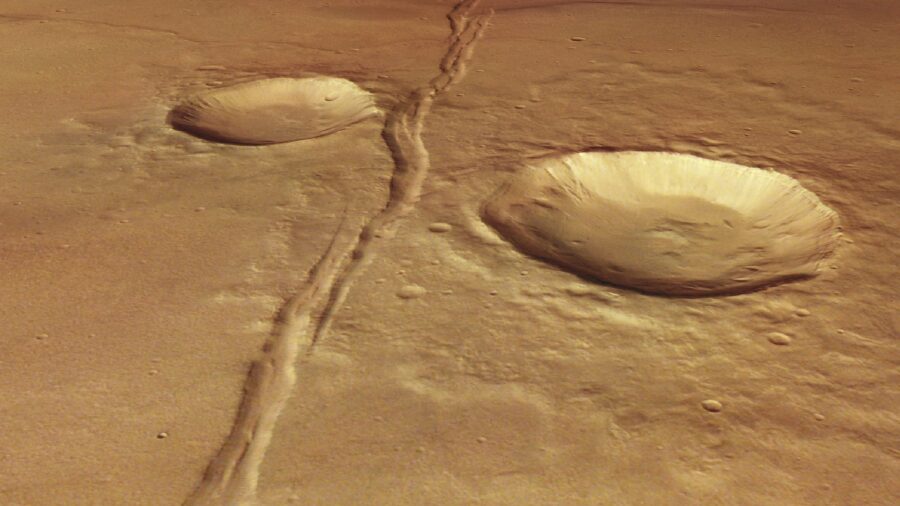
The European Space Agency, or ESA, has sent the Mars Express into the red planet’s massive ancient lake. It’s an important part of the international effort to explore our closest celestial neighbor. The lakebed is unlike anything else on the planet and its scale dwarfs any lake on Earth.
Sending Images Home

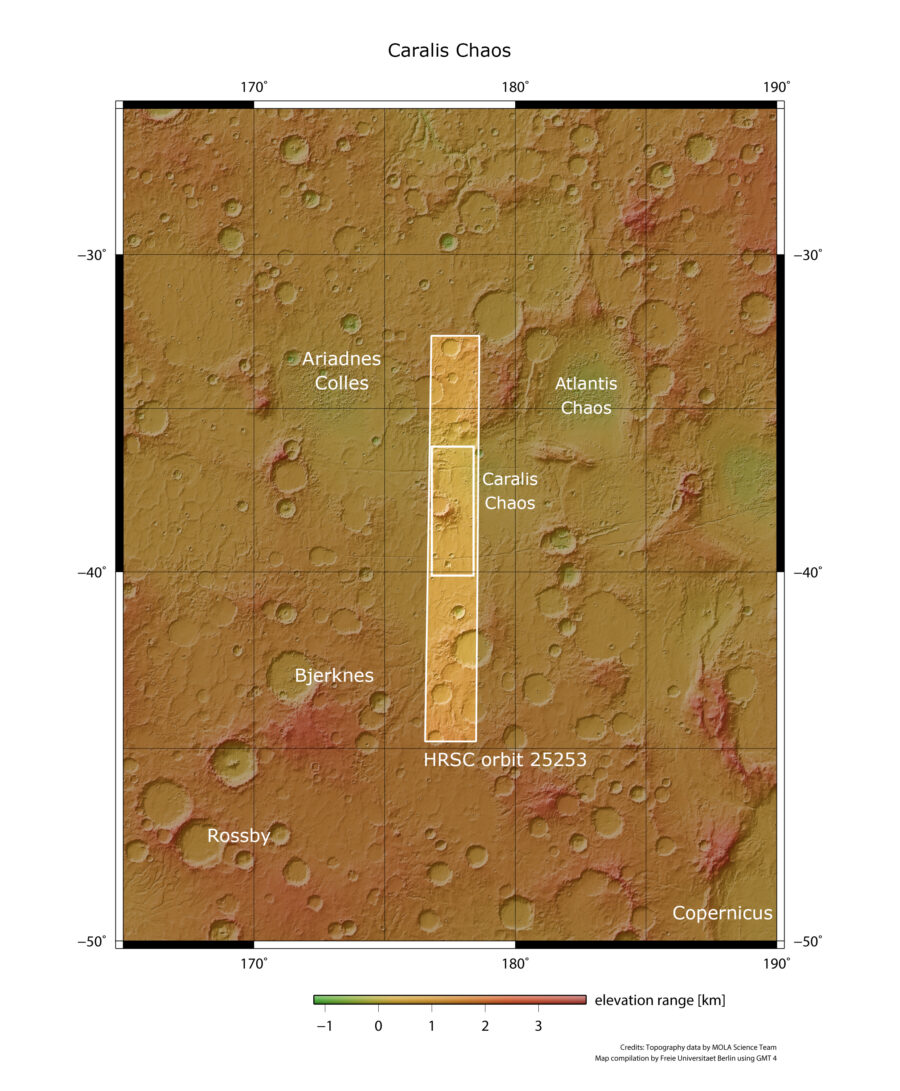



The Mars Express has entered the former lake and is now sending high-definition images back to Earth for scientists to study.
This could help scientists understand the planet’s ecology, an important factor to understand before we send humans to the desolate planet. It could also illuminate the history of the planet’s water loss.
Lake Eridania
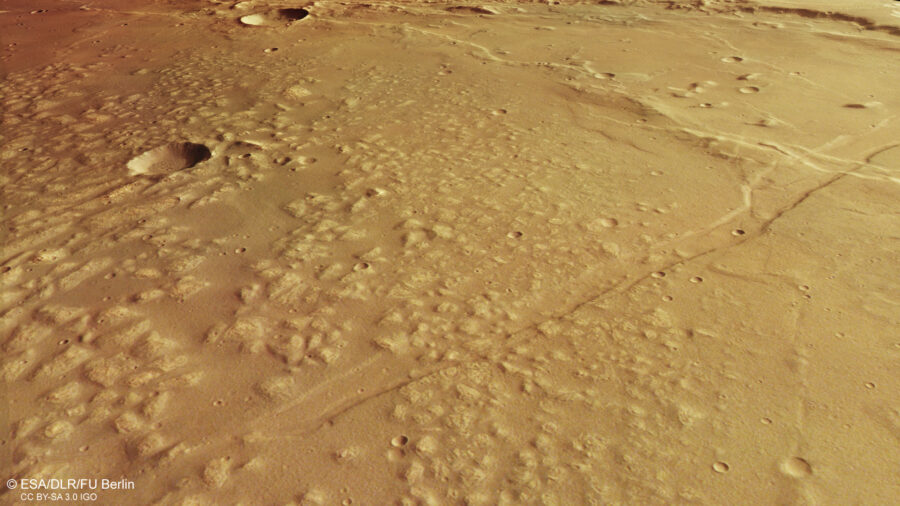
Located in the Caralis Chaos region of Mars, the rover is exploring what was once Lake Eridania. Covering over one million square kilometers, it was once the largest lake on the planet and is much bigger than even the biggest on Earth. The fact that it once held so much water on the now-dry planet makes it a site of particular interest for the scientific community.
Volcanic Activity

The lake on Mars is long gone, with scientists estimating that it existed 3.7 billion years ago. As it dried out, gradually lowering it became a series of smaller lakes before disappearing altogether. As the drying process occurred, wind blew mounds of dirt into the region which still dot the lakebed today.
While the former lake is the most interesting feature of the area, scientists are also learning about the volcanic activity on Mars. The region contains the Sirenum Fossae faults, massive fault lines created by volcanic stress. The Express will help illuminate the full impact of ancient volcanic activity on the surface of the red planet.
The Mars Express
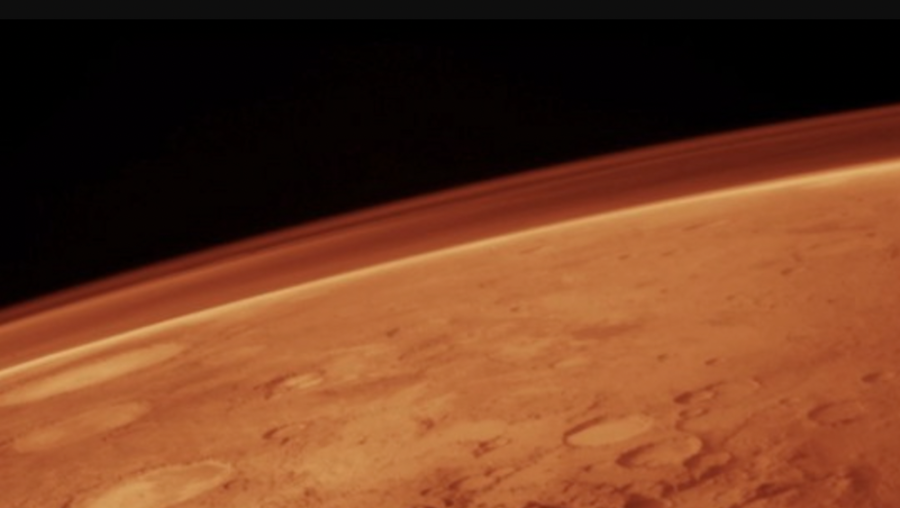
The lake and faults are interesting features of Martian ecology, but the Express is also exploring the effect of space rocks. One particularly large impact crater shows signs of water having been present on Mars even after the large body of water in the area dried up.
The rover will explore the numerous craters left by space rocks in the area, checking for more information about what the area was like when they hit.
Exploring the ancient lake is an exciting new adventure for the Express but it’s far from the first such adventure for the Mars rover.
It has been mapping the surface of the planet since 2003, sending information back to Earth the whole time. In addition to images, the rover has sent data about the planet’s minerals, atmosphere, and soil.
Still Plenty To Learn
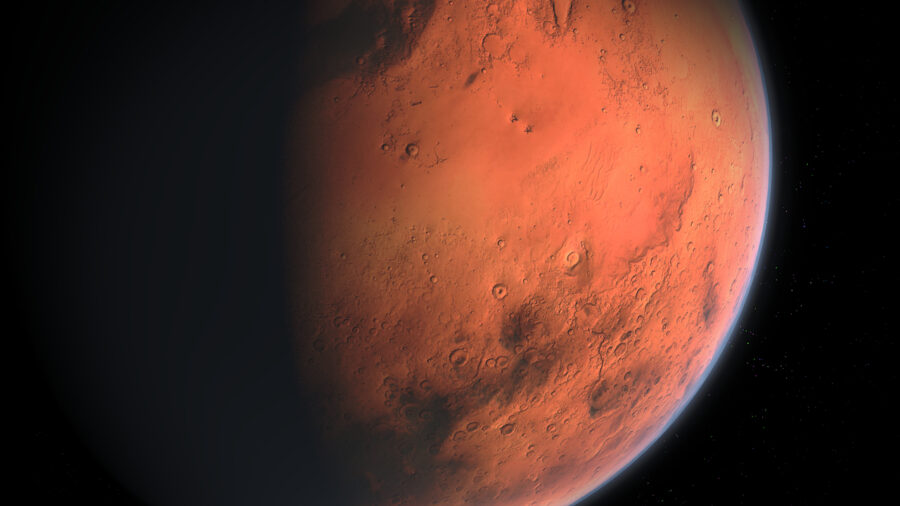
The Mars Express has explored huge swaths of Mars over the last two decades. While Lake Eridania is the largest dried water source it has explored, it has charted ancient riverbeds before, providing insight into what the waterways were once like. It has also explored other volcanic remnants including volcanos and lava pits.
With so much talk about colonizing Mars, it’s important to understand the planet first, and exploring sites like the ancient lake could provide critical information about what happened to the planet’s water supply. T
here’s still much to learn about our space neighbor and tools like the Express are helping us learn more and more every day. The ancient lakebed is a promising area for exploration and scientists hope it will provide us with plenty of new information.
Source: ESA











